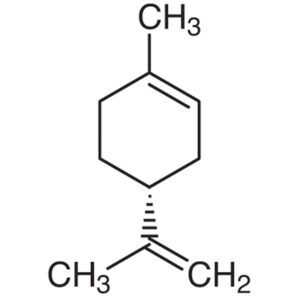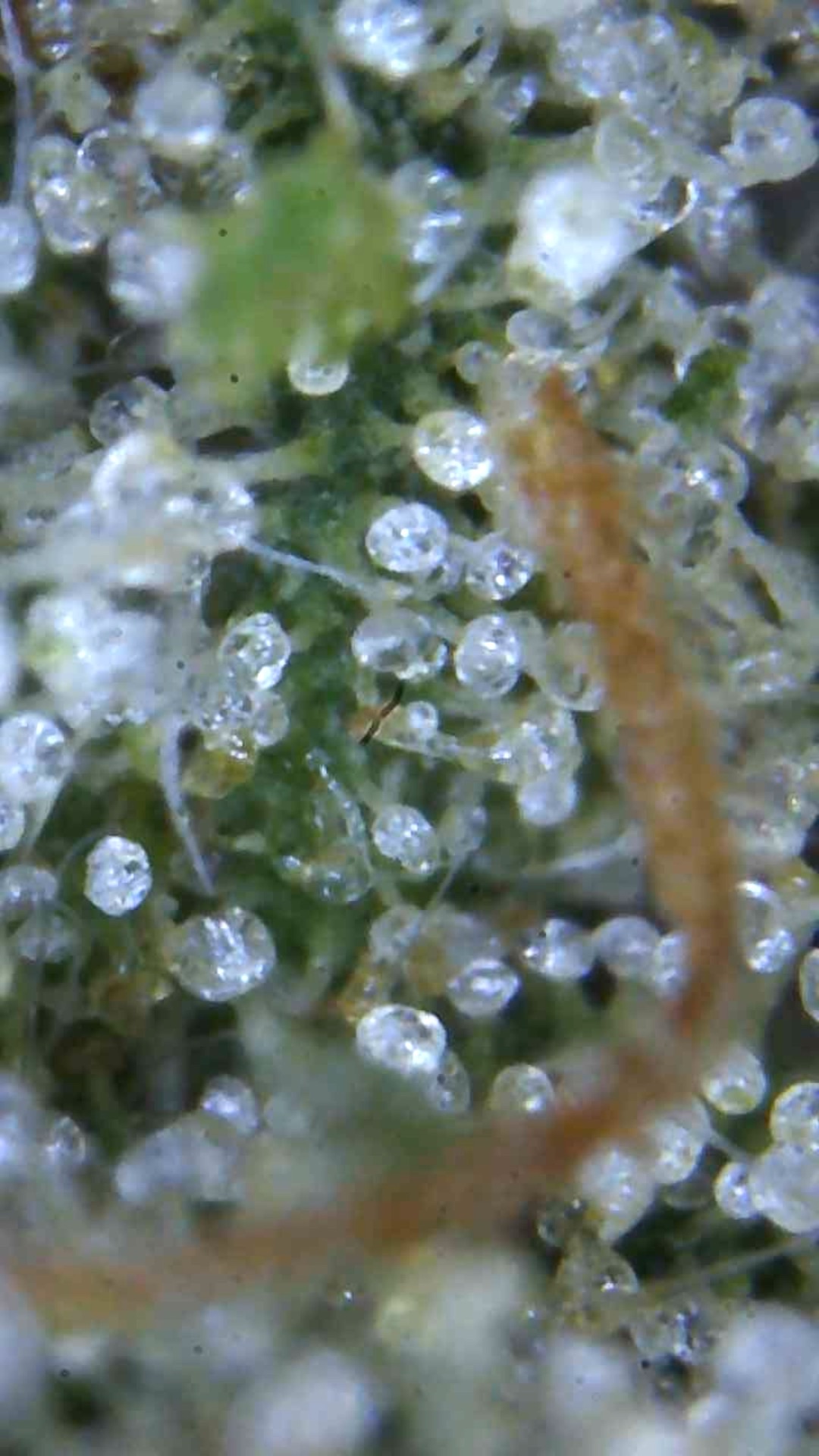Introduction
Terpenes are the aromatic compounds found in cannabis and many other plants that give them their distinctive smells and flavors. Beyond just their pleasant aromas, terpenes play a significant role in the effects and therapeutic benefits of cannabis. Understanding terpenes is key to selecting the right strain for your needs, whether you’re seeking relaxation, energy, or specific medicinal benefits.
What Are Terpenes?
Terpenes are organic compounds produced by the cannabis plant, as well as many other plants, fruits, and even some insects. They are responsible for the characteristic scents and flavors of various cannabis strains, ranging from fruity and sweet to earthy and spicy. While over 100 different terpenes have been identified in cannabis, each strain has its unique terpene profile, contributing to its overall effect.
How Terpenes Work
Terpenes not only provide aroma and flavor, but they also interact with cannabinoids like THC and CBD to influence the effects of cannabis. This interaction is often referred to as the entourage effect—a phenomenon where the various compounds in cannabis work together to produce effects that are different from those of individual cannabinoids alone. For example, certain terpenes can enhance the psychoactive effects of THC, while others may counteract it, leading to a more balanced experience.
Common Terpenes in Cannabis
Different terpenes are associated with various effects and therapeutic benefits. Here’s a look at some of the most common terpenes found in cannabis:

1. Myrcene
- Aroma: Earthy, musky, with hints of cloves and spice.
- Effects: Myrcene is known for its relaxing and sedative properties, making it a popular choice in strains that are used for stress relief and promoting sleep.
- Therapeutic Benefits: Myrcene may have anti-inflammatory, analgesic (pain-relieving), and sedative effects.

2. Limonene
- Aroma: Citrus, lemon, and orange.
- Effects: Limonene is often associated with mood elevation and stress relief. It has an uplifting effect that can help alleviate anxiety and depression.
- Therapeutic Benefits: Limonene may have anti-anxiety, anti-depressant, and anti-fungal properties.

3. Pinene
- Aroma: Pine, fresh, and woodsy.
- Effects: Pinene is known for its ability to improve focus and alertness. It may counteract some of the memory-impairing effects of THC.
- Therapeutic Benefits: Pinene has potential anti-inflammatory, bronchodilator (opens airways), and memory-enhancing properties.

4. Linalool
- Aroma: Floral, lavender, and slightly spicy.
- Effects: Linalool is recognized for its calming and relaxing effects, making it a good choice for strains aimed at reducing anxiety and promoting sleep.
- Therapeutic Benefits: Linalool may offer anti-anxiety, anti-depressant, and sedative effects. It’s also known for its potential anti-seizure properties.

5. Caryophyllene
- Aroma: Spicy, peppery, and woody.
- Effects: Caryophyllene is unique among terpenes because it can interact with cannabinoid receptors in the body. It’s known for its anti-inflammatory and pain-relieving properties.
- Therapeutic Benefits: Caryophyllene may help with pain management, reducing inflammation, and alleviating anxiety.

6. Humulene
- Aroma: Earthy, woody, and herbal.
- Effects: Humulene is known for its appetite-suppressing properties, making it different from many other cannabis-related compounds.
- Therapeutic Benefits: Humulene may offer anti-inflammatory, antibacterial, and appetite-suppressing effects.

7. Terpinolene
- Aroma: Herbal, floral, and citrusy.
- Effects: Terpinolene is often described as having an uplifting and energetic effect. It is commonly found in sativa-dominant strains.
- Therapeutic Benefits: Terpinolene may have antioxidant, antibacterial, and sedative effects.
The Entourage Effect
One of the most fascinating aspects of terpenes is their contribution to the entourage effect. This concept suggests that the various compounds in cannabis, including cannabinoids and terpenes, work together to produce a combined effect that is different from the sum of their individual effects. For example, the terpene myrcene might enhance the sedative effects of THC, while limonene might uplift the mood, leading to a more balanced and tailored experience.
Customizing Your Cannabis Experience
Understanding the terpene profile of a cannabis strain allows users to better select strains that align with their desired effects. For example:
- For Relaxation: Strains high in myrcene and linalool might be best for evening use or stress relief.
- For Energy and Focus: Strains with higher levels of pinene and limonene could be ideal for daytime use or activities requiring focus and creativity.
How to Identify Terpenes in Cannabis
The terpene profile of a strain can often be identified through its aroma. However, lab-tested cannabis products will provide detailed information about the specific terpenes present, allowing consumers to make more informed choices.
Aromatherapy and Beyond
Because terpenes are responsible for the scent of cannabis, they also play a role in the practice of aromatherapy. Different terpenes can be used to influence mood, promote relaxation, or enhance focus and creativity. As cannabis products become more sophisticated, the ability to customize your experience based on terpene content will likely continue to grow.
Conclusion
Terpenes are much more than just the aromatic compounds in cannabis; they are key players in shaping the plant’s effects and therapeutic benefits. Whether you’re seeking relaxation, focus, or a specific therapeutic outcome, understanding terpenes can help guide your cannabis choices. As research continues to uncover the potential of these powerful compounds, terpenes are set to play an even larger role in the future of cannabis consumption.



